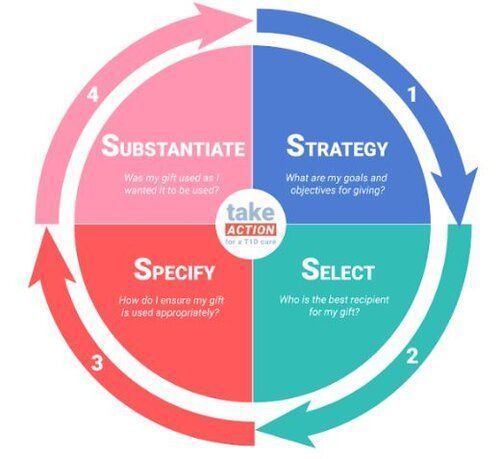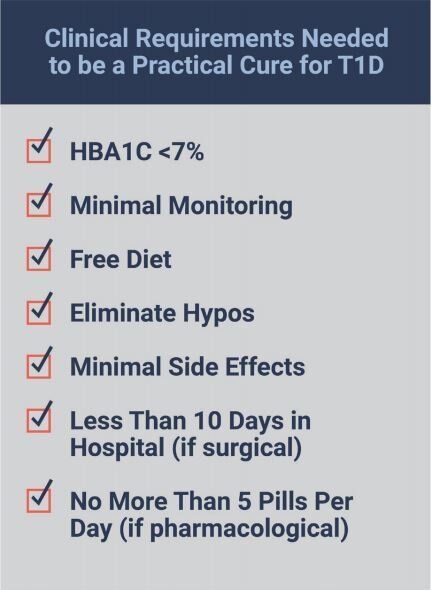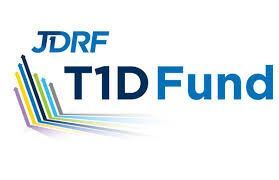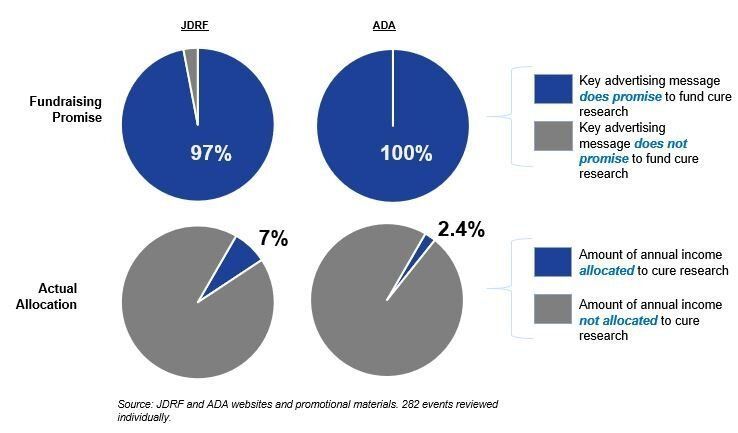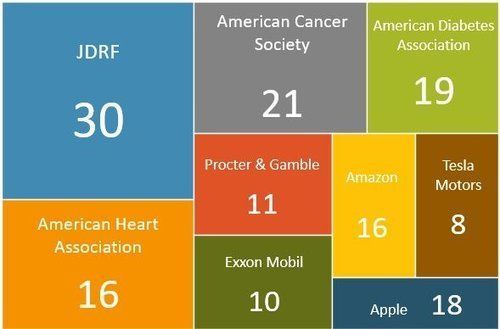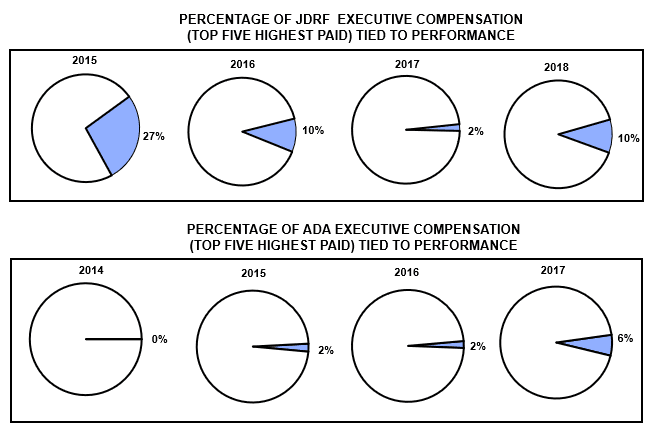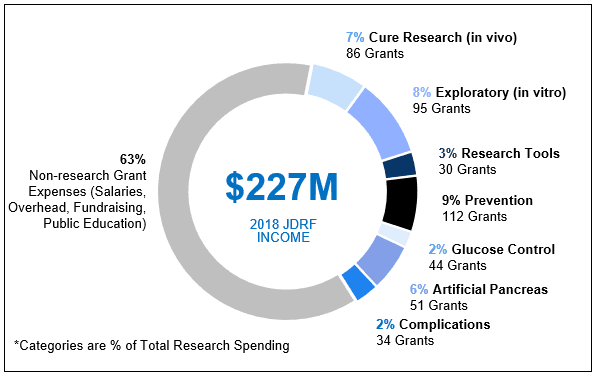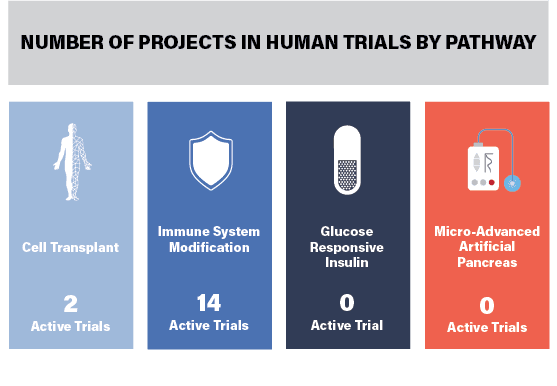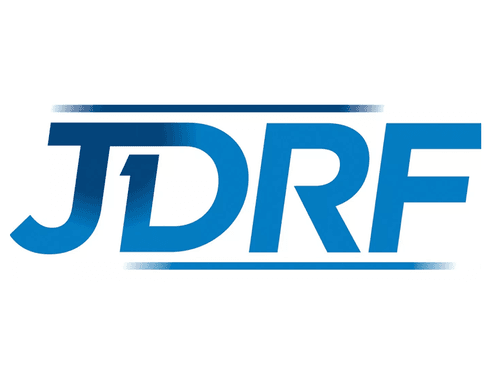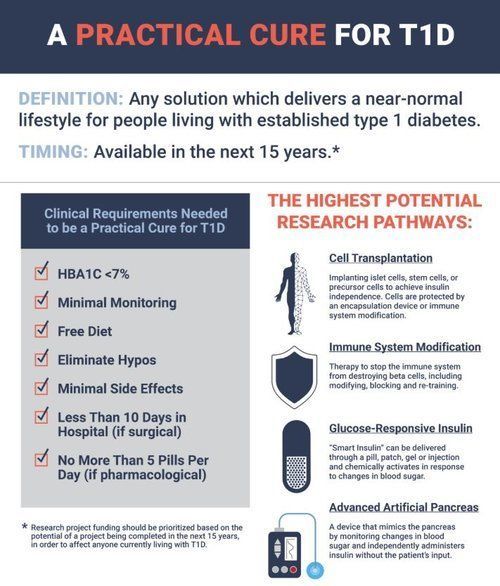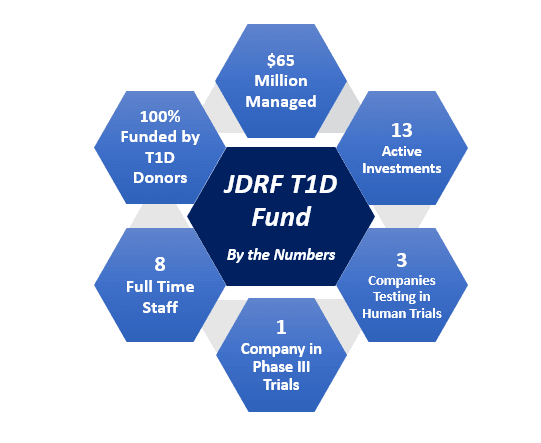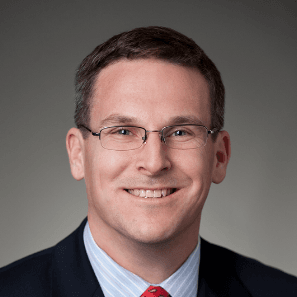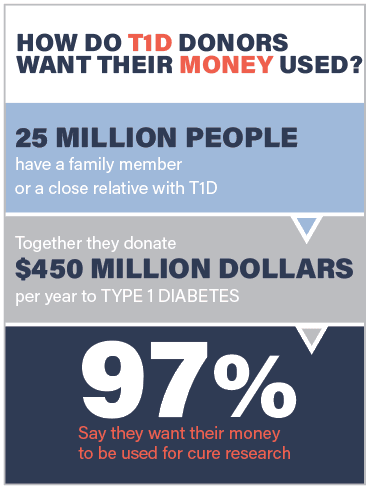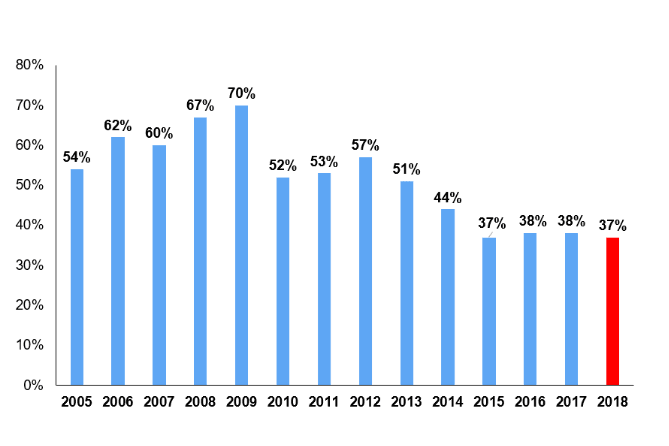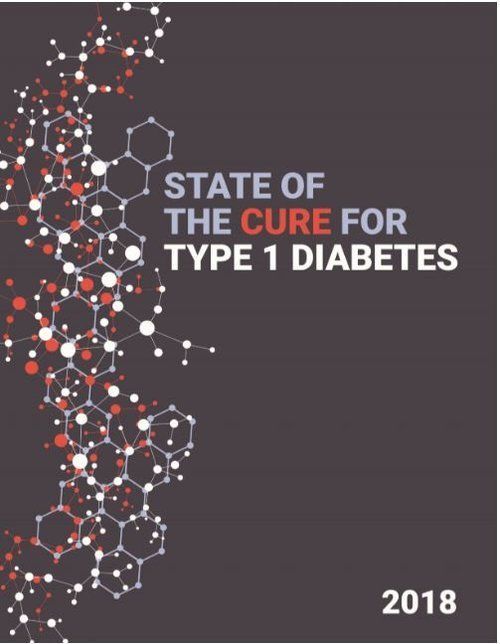This report provides analysis of JDRF CEO' Aaron Kowalski’s first ever State of the Foundation Address, which was delivered at the 2019 JDRF One Conference in Minneapolis, MN.
This report lays out a thoughtful process for giving that acknowledges your – the donor’s – responsibility to make an informed choice with your end of year gift and your right to ask for results.
On World Diabetes Day 2019, The JDCA announced it surpassed its goal of 250,000 signatures for the 5th Annual More for a T1D Cure Petition. With more than a quarter million people demanding change, this infographic assesses the global burden of type one diabetes.
This report outlines the paradigm shift necessary for the T1D research and fundraising community to achieve a Practical Cure for type 1 diabetes within the next 15 years.
In the publicity following a new investment by the JDRF T1D Fund on October 9th, the Fund’s Executive Chairman stated the Fund would actively begin to encourage previously T1D focused companies to expand their research focus to include other diseases.
This is the eighth annual review of advertising messages used by the ADA and JDRF at national fundraising events. During 2019, the ADA and JDRF advertised for a total of 231 national events including walks, rides, and galas.
The primary purpose of this survey is to identify the main reasons people in the T1D community participate in JDRF or ADA diabetes fundraising walks. The leading finding is that walk participants want the money they raise to be used for T1D cure research above all else.
On September 4th JDRF announced the launch of the JDRF Northern California Center of Excellence in partnership with Stanford and the University of California San Francisco (UCSF).
On September 3rd, Vertex Pharmaceuticals Incorporated announced an agreement to purchase Semma Therapeutics, one of the most promising and advanced companies developing components to a Practical Cure, for $950 million in cash.
This infographic explains how JDRF, the largest and most influential diabetes fundraising organizations in the U.S., uses its funds.
As the highest governing body, the Board of Directors at the major T1D non-profits are responsible for establishing the organization mission and values, setting the strategic direction, overseeing executive leadership, and allocating resources.
This is the eighth annual review of executive compensation for the top diabetes non-profits. The review focuses on the ADA and JDRF, the largest diabetes fundraising organizations, but also includes data for Joslin and the Diabetes Research Institute Foundation (DRIF).
This infographic provides a snapshot of how the ADA, one of the largest and most influential diabetes fundraising organizations in the U.S., uses its funds.
This report provides an overview of type 1 diabetes research funding at the National Institutes of Health (NIH) in 2018. In preparing this report, the JDCA reviewed and categorized all NIH grants into three distinct categories: type 1 focused; type 2 focused; and general diabetes.
Last week, the American Diabetes Association (ADA) released their audited financial statements for 2018. This is the seventh year that we have reviewed these financial documents and little has changed.
The American Diabetes Association's 79th Scientific Sessions, the largest annual American diabetes research conference of the year, was held June 7-11 in San Francisco.
This report reviews every grant funded by JDRF during 2018, 451 projects in total. The 451 research project abstracts are individually categorized by research type and development level.
This report reviews the 11 active Practical Cure (PC) research projects underway in FDA approved human clinical trials. No projects have been abandoned since our last review in the 2018 State of the Cure and two new projects have been added to the list.
This report outlines four key recommendations for the JDRF Board of Directors and the new CEO to consider during their planning process for the upcoming fiscal year. These recommendations are based upon the priorities and wishes of the T1D community as demonstrated in semi-annual JDCA surveys.
A Practical Cure is any solution which minimizes the disruptive aspects of T1D, delivers a near-normal quality of life and has a chance to be available within the next 15 years. It is aligned with the wishes and desires of people who are currently living with type 1 diabetes.
This is the seventh annual review of all active type 1 diabetes trials currently in human testing. This year, in addition to all clinical trials active in the US, we also included trials listed in the official registries of the EU, Australia, China, Japan, and India.
The JDRF T1D Fund was launched as a subsidiary of JDRF in December 2016. This report examines the Fund's impact on T1D research over the past two years.
This report provides a quick update on JDRFs new President and CEO, Aaron Kowalski.
This report focuses on ViaCyte’s islet cell replacement therapies, identified as a Practical Cure in the 2018 State of the Cure for T1D, and features an interview with ViaCyte president and CEO Paul Laikind.
This report examines JDRF's Payroll Expenses, which includes salaries, bonuses, and all other staffing expenses.
This is the seventh annual survey-based report on the giving priorities of T1D donors. The key takeaway is the same as all prior years: the number one reason people make donations to diabetes charities and/or participate in fundraising activities such as walks and galas is to find a cure.
This is a third in a series of reports on JDRF financials. The main takeaway is that JDRF administration cost for each dollar of actual research grants have increased 350 percent since 2008 while research grant spending is down 50 percent.
This report provides an overview of JDRF's 2018 revenue and expenses, released last week. Based on publicly available tax and financial documents, it shows how JDRF generates its revenue and how it utilizes those funds.
This report provides an overview of JDRF's 2018 financial statements, released this week. Based on publicly available tax and financial documents, it show how JDRF generates its revenue and how it utilizes those funds.
This report will review the evolution of encapsulation therapies and examine all companies currently developing encapsulation devices. Encapsulation is a form of cell transplantation, one of the four JDCA Practical Cure Pathways.
This is the seventh annual addition of this report. It summarizes progress made during 2018 toward a Practical Cure for type 1 diabetes.


